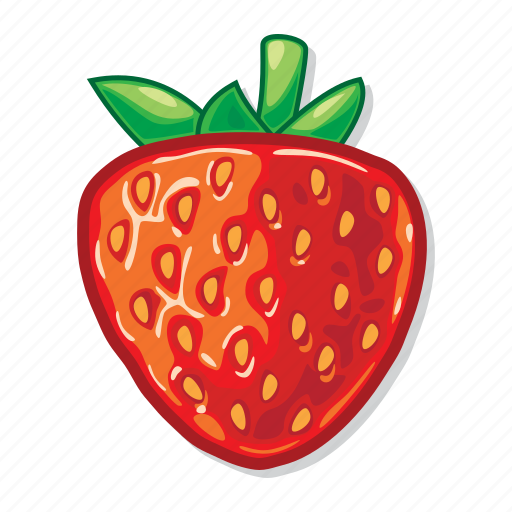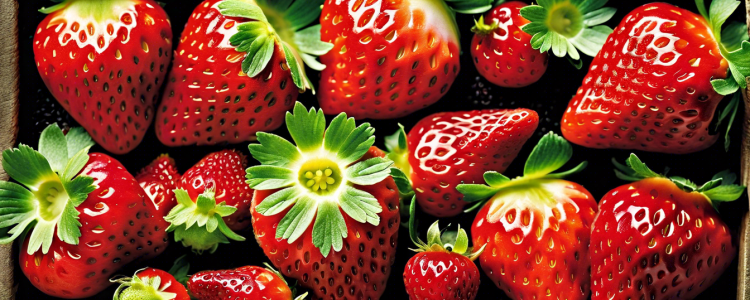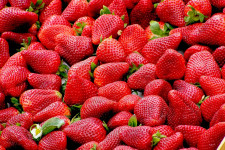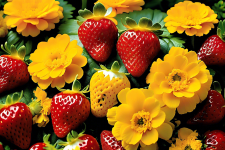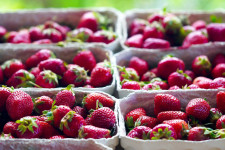Introduction
Strawberry plants, known for their delicious fruit, rely heavily on effective pollination for optimal yield. Understanding the process of pollination can help gardeners and farmers enhance their strawberry production.
Types of Pollination
There are two primary types of pollination in strawberries:
- Self-Pollination: Some strawberry varieties, particularly day-neutral and ever-bearing types, can produce fruit without the need for cross-pollination. Their flowers contain both male and female reproductive organs.
- Cross-Pollination: This occurs when pollen from one plant fertilizes the flowers of another. Many strawberry varieties benefit from this type, resulting in larger and more flavorful fruits.
The Role of Pollinators
Pollinators play a crucial role in the pollination process. Bees, in particular, are the most effective pollinators for strawberries. They transfer pollen between flowers, increasing the likelihood of successful fertilization and fruit set.
Conclusion
Understanding strawberry pollination enhances the fruit-growing experience. By encouraging pollinator populations and selecting the right strawberry varieties, growers can ensure a bountiful harvest.
